
Ever Wonder What Types Of Roofs There Are?
Does the Type of Roofing Materials Used On a Roof Make a Difference?
Roof Designs, Shapes, and Styles
All roof designs have a purpose. A roof provides a barrier between you and the sky above, fundamental to the building. The “performance” of your roof is essential and depends on what type of environment and climate factors need to be considered. For example, a flat roof shape may not be the best option if you live in an area where snow piles over a foot deep in the winter.
The roof typically makes up about forty percent of the exterior of a structure and sets the stage for the look of your home, office, or shop, and adds or takes away from curb appeal.
Ensure that the roof you have and the roofing materials you choose are important. Making sure you understand the materials used to cover the surface of your roof will depend on the performance and the aesthetic you want to achieve.
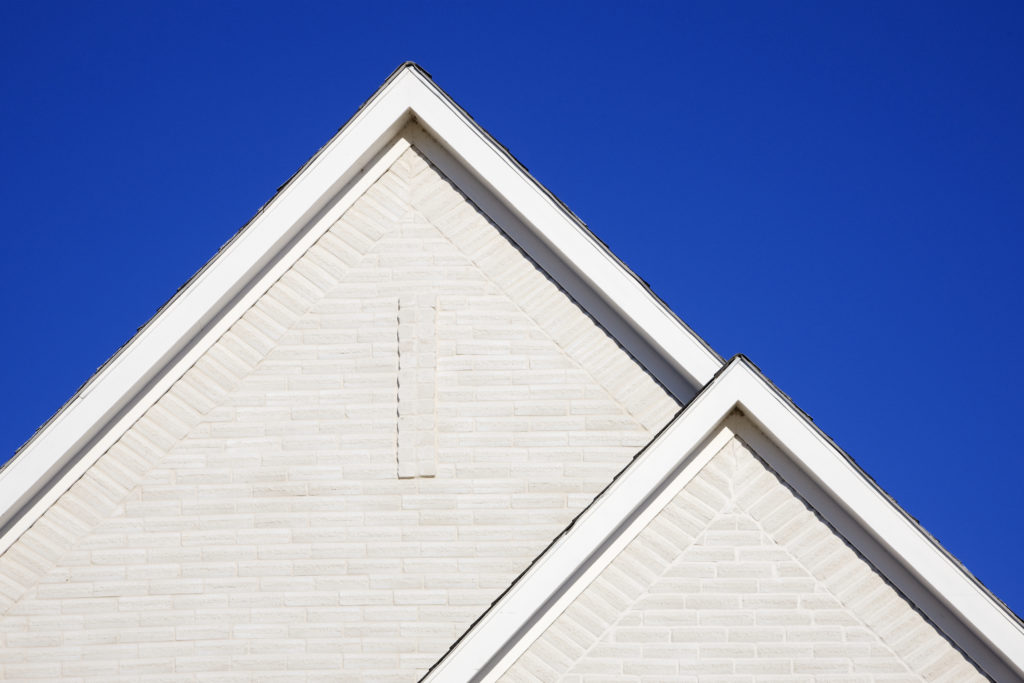
Gable Roof:
Maybe you can remember drawing a house as a little child. The roof you put on your home is a gable roof. The gable roof is a triangle-shaped roof with its base resting on the outside walls of the structure. The two sides rise with an equal slop and form a ridge in the middle. The roof slope can vary from a gentle grade to a drastic chalet-style design.
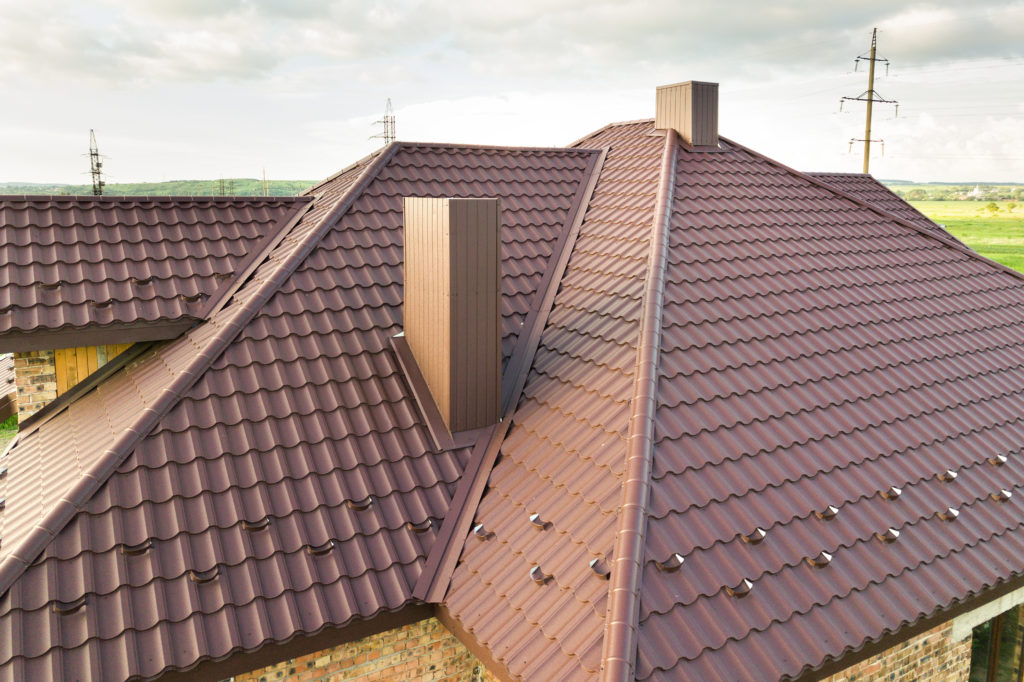
Clipped Gable Roof:
Thes roofs are also called bullnose roofs and have the basic design of the gable roof described above. Two sides rise and meet in the middle (ridge), and the top peaks are “bent in.” This makes a small hip at the end of each roof ridge. Designer shingles are easily shown off with this type of roof.
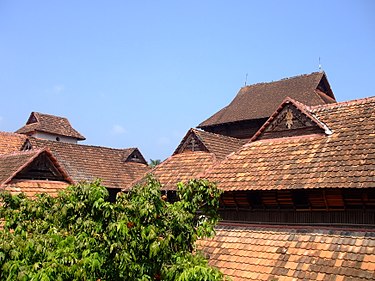
Dutch Gable Roof:
This roof design uses a bit of gable design and hip roof design. A tablet sets on top of a traditional hip roof. These roofs provide added space, and windows could be added as well.
Gambrel Roof:
This roof has two sides that have two slopes each, one is steep, and one is gentle. The top can be an upper floor, and windows can be added for light. The vertical parts of the roof are visible, and shingles can be displayed as an accent.
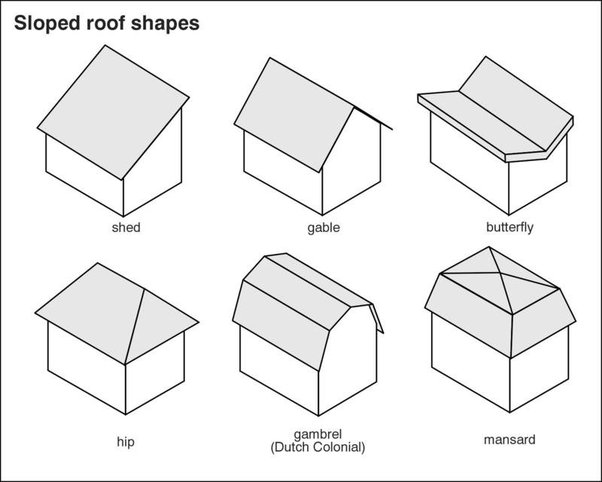
Hip Roof:
A hip roof is visible from the street and to people passing by. Roofing materials will make a massive piece of your overall home or office exterior look because the roof is visible. The hip roof consists of four equal-length slopes that meet to form a single ridge.

Mansard Roof:
Taking its appearance and design from French architecture, the four-sided design with double slopes has very steep lower slopes, and these slopes are either flat or curved. The roof slope makes it possible for owners to use the upper story with attic space and multiple windows. A mansard roof will need to be fully waterproof and flashed since there are areas susceptible to damage from snow, water, and ice.
Shed Roof:
The Shed Roof is traditionally used for additions and porches. It is a lean-to-style room that looks like half of a gable roof. This type of roof is used on modern builds. Water runoff is premium with these style roofs, and they are stylish and exemplify personality. The roofs can pave the way for unique window placement, large picture windows, and window panes directly below the roof’s edge.
Flat Roof – Low Slope Roofs:
Flat roofs aren’t really flat-flat; they have a slight slope. The flat roof provides for large open floor plans. Celebrity homes between 1945 and 1970 and industrial complexes and strip malls seem to have flat roofs. Sometimes additions to homes or homes may include a flat roof, with the rest of the house having a gable or hip roof design. The flat roof can add second-floor living space. Flat roofs do have a risk of leaking simply because the water doesn’t run off as well.
Roof designs and roofing materials go hand in hand when making construction decisions. Contacting and consulting with a roofing contractor like Roofing Remains Roofing Company may be helpful as you pull together ideas and facts about roof styles and roofing materials. Flat or low sloped roofs typically use tar and gravel roofing materials, and because of this, they may become sticky in the summer, and snow is hard to get off them in the winter.
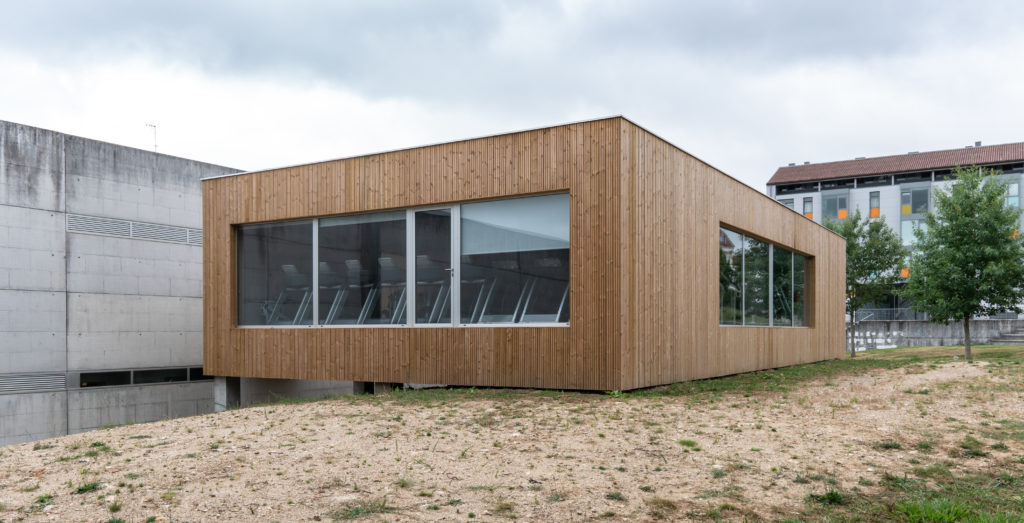
Residential Roofing and Commercial Roofing Materials are similar yet different.
Shingles are typically used in residential roofing projects. Slate, plastic, ceramic, and asphalt, among others, have also been used. The most common roofing material for commercial roofing is EPDM rubber roofing (Ethylene Propylene Diene Monomer). This material is low-cost and durable, and it is like synthetic rubber composed of natural gas and oil.
The two significant differences between residential roofing systems and commercial roofing systems are the slope and size of the roof. Residences are smaller and, in most cases, have a sloped roof like a Gable roof, and the roofs are visible.
Commercial roofs are typically flat or only have a low slope and are not visible. The type of structure of the building and the environmental setting affect the kind of materials used in the commercial roofing system.
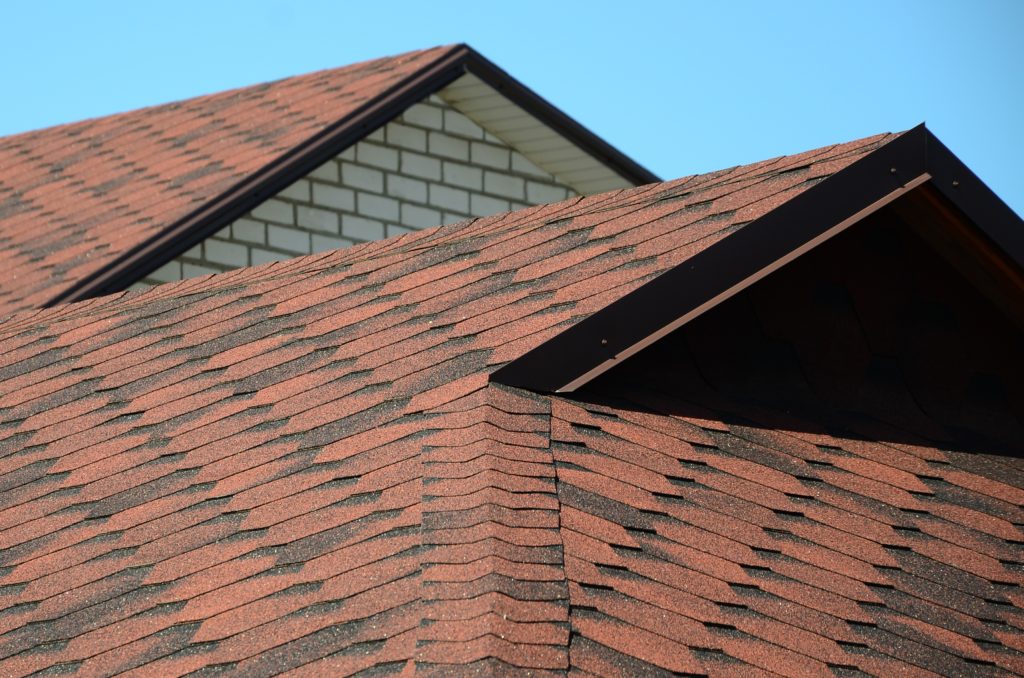
Types of Roofing Materials
Shingles
There are three different categories of roofing asphalt shingle products. This includes strip shingles, dimensional shingles, and luxury shingles.
Strip Shingles Roofing Materials
Strip shingles are the most common roof replacement or new home installation, and they are affordable. There are three different asphalt shingles: 3-tab asphalt, fiberglass asphalt, and architectural asphalt. The 3-tab asphalt shingles are thin when compared to the other two types. Because they are thinner they wear out quicker. They can last up to 30 years. Unfortunately, they can buckle when exposed to high winds or sudden temperature fluctuation.
Fiberglass shingles don’t have an organic paperback like asphalt shingles. They have a fiberglass back which makes them fire-resistant, and they work well in hot temperatures. They are more expensive than asphalt shingles.
Architectural shingles are also known as dimensional shingles. Composed of a heavy fiberglass base, these shingles are among the highest-quality roofing materials available. They are made up of ceramic-coated mineral granules embedded in water-resistant asphalt.
Luxury shingles are premium asphalt shingles designed to look like slate tiles. There is a definite curb appeal with these shingles.
Composite shingles are a highly durable and lightweight material. These materials are fire-resistant and impact-resistant, and this type of roofing material is easily accessible and affordable.
Wood shingles are rustic in appearance. They last 25-40 years, and some are made of cedar that can be treated to be fire-resistant and decrease decay. Pine, cypress, and redwood are also used. Wood shingles are often used on gambrel roof styles.
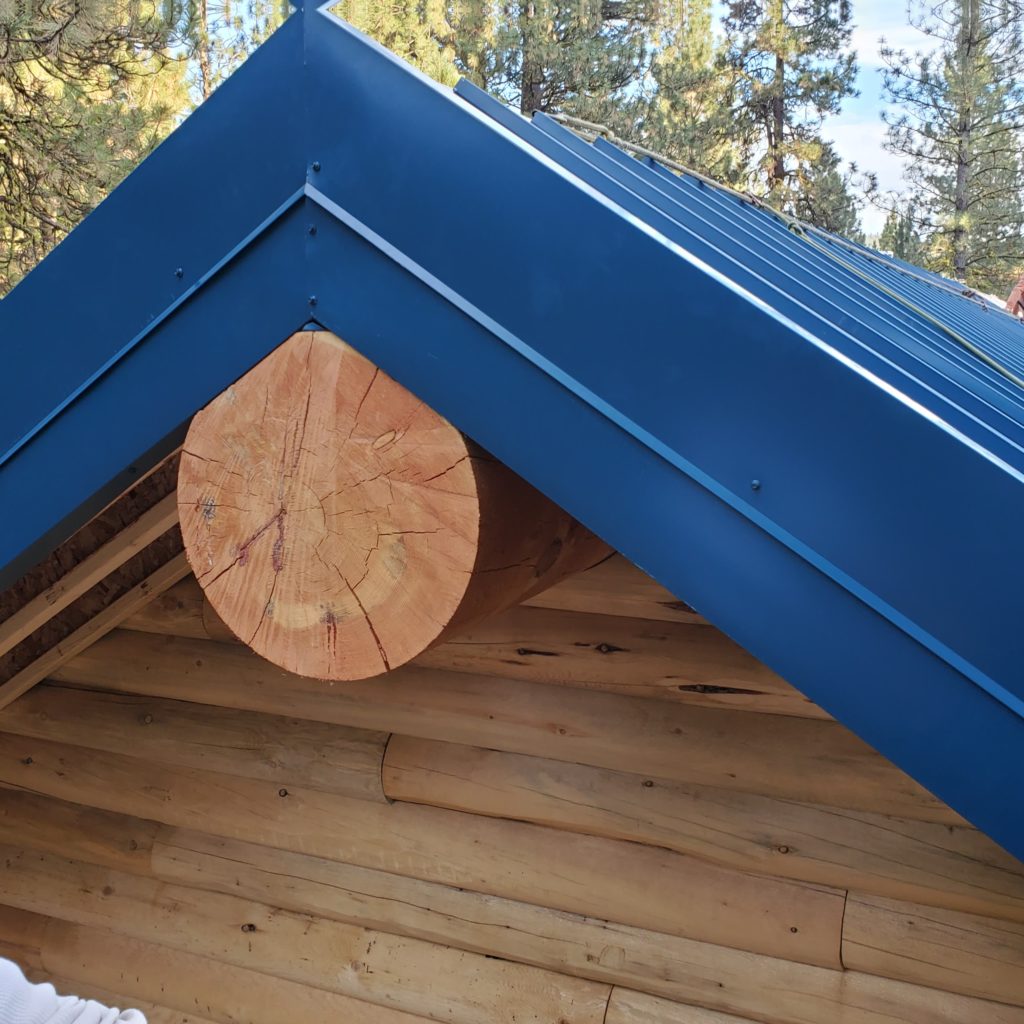
Metal Roofing Materials
Metal roofs are cost-effective and durable. Roofs made from metal shingles can last well beyond fifty years with basic and regular maintenance. A metal roof can withstand fire, insect damage, rot, debris, and snow damage. A metal roof reflects solar radiant heat and helps to reduce the temperature of your indoor space. Sometimes a shiny coat is added to increase the roof’s ability to reflect radiant heat. The products used to make metal roofing material is often made from recycled materials and is also one hundred percent recyclable, saving space in the landfills. Metal roofing material is quiet because the roof is installed over a solid underlayer.
The standing seam metal roof is used in residential structures and has a seam that locks the panels together. They are durable, and this concealed fastener roofing system is one of the most weather-tight roofing systems available.
Stone-Coated Steel Materials
Stone-coated metal roof materials is a roofing materials made of steel or other metal and then coated with stone chips. The chips are attached to the steel with an acrylic film. There is aesthetic value in this type of roofing material, and the roof is durable and looks more traditional.
Rolled Roofing Materials
Popular for low-sloped roofs, this roofing material is easy to install and inexpensive. It is made from mineral-impregnated asphalt. There are no color options, and black or tan are the primary colors available. Rolled roofing is used on sheds and outbuildings.
Tar and gravel roofs are also used on flat roofs and are best suited for heavy foot traffic. These roofs create a membrane roof and have different layers of materials that make an energy-efficient roof.
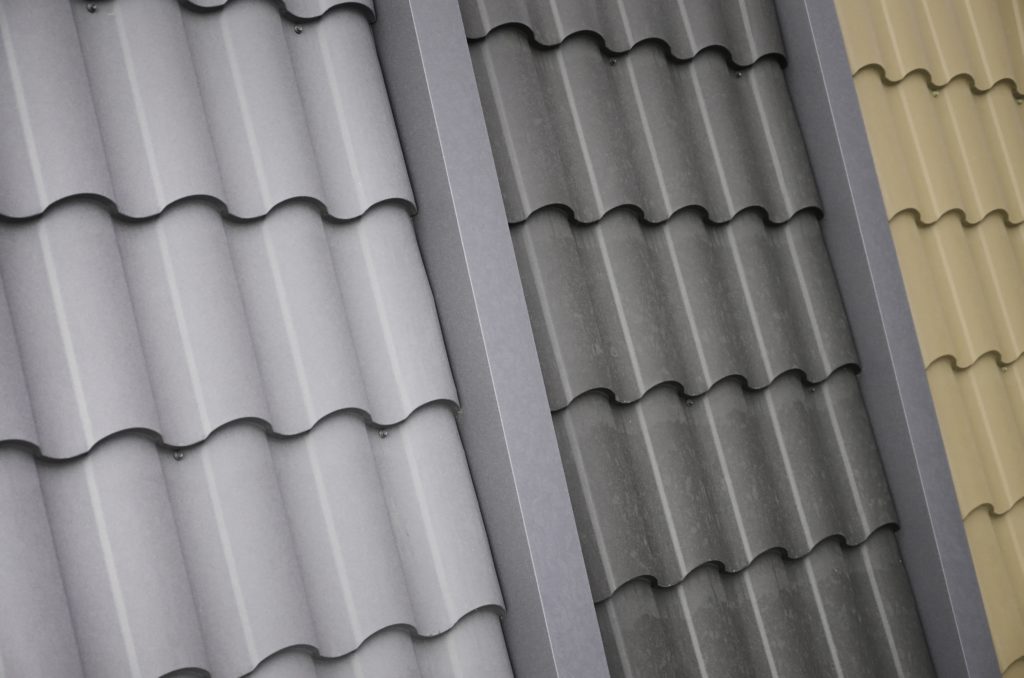
Slate Roofing Materials
Slate roof tiles are made from rocks derived from volcanic ash and clay. Depending on the mineral composition of the rock material will determine the color of the slate and how it weathers. Hematite produces purple tones, and chlorite produces green. It is naturally fire and mold-resistant. Because of slate roofing materials’ ability to absorb water, it is resistant to frost damage and breakage in freezing weather.
Rubber slate roofs are made from recycled tires and other rubber products as roofing materials and can last 100 years. The recycled materials can have colors added and can be shaped into different slate shapes. They are susceptible to hail, satellite dishes, and someone walking on the roof.
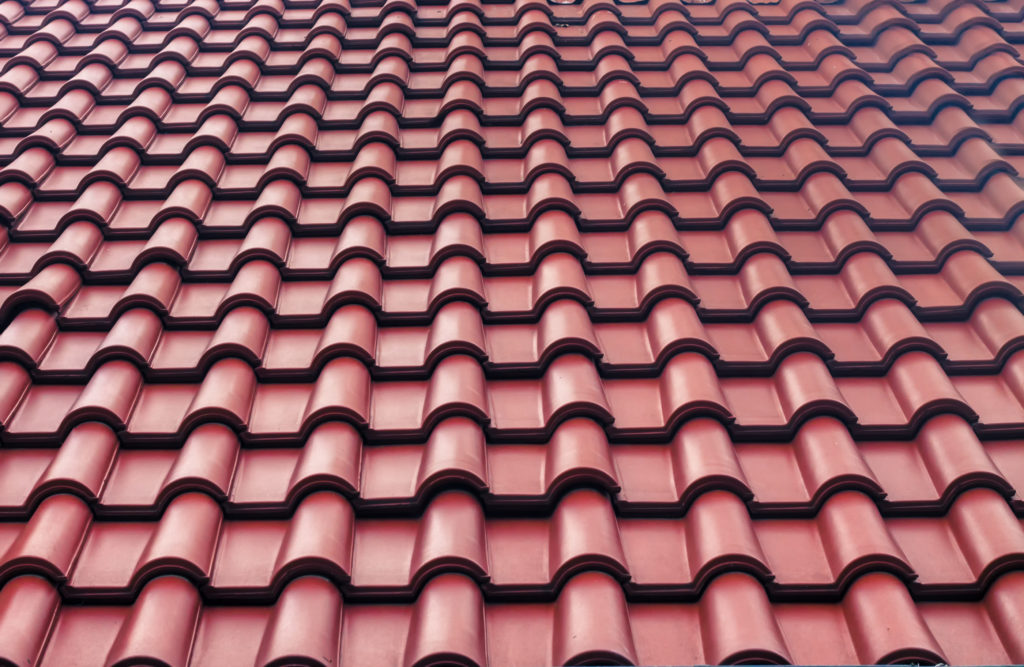
Clay and Concrete Tiles Roofing Materials
Clay roof tiling materials are durable and aesthetically pleasing. A limited amount of maintenance is needed, and they can last for fifty or more years. Concrete roof tiles are made of water, sand, and cement. This material is molded under high pressure and heat. The color is added by adding paint-type materials to the concrete. A difference between clay and concrete roofing materials is the percentage of water absorption. Clay tiles have a water absorption of about six percent, and concrete tiles have a water absorption of about thirteen percent. This is important when considering stains and mildew growth. Both types of roofing materials are durable. Quality clay roofing material prevents insects like masonry bees from tunneling and is resistant to thermal damage from freezing and thawing.
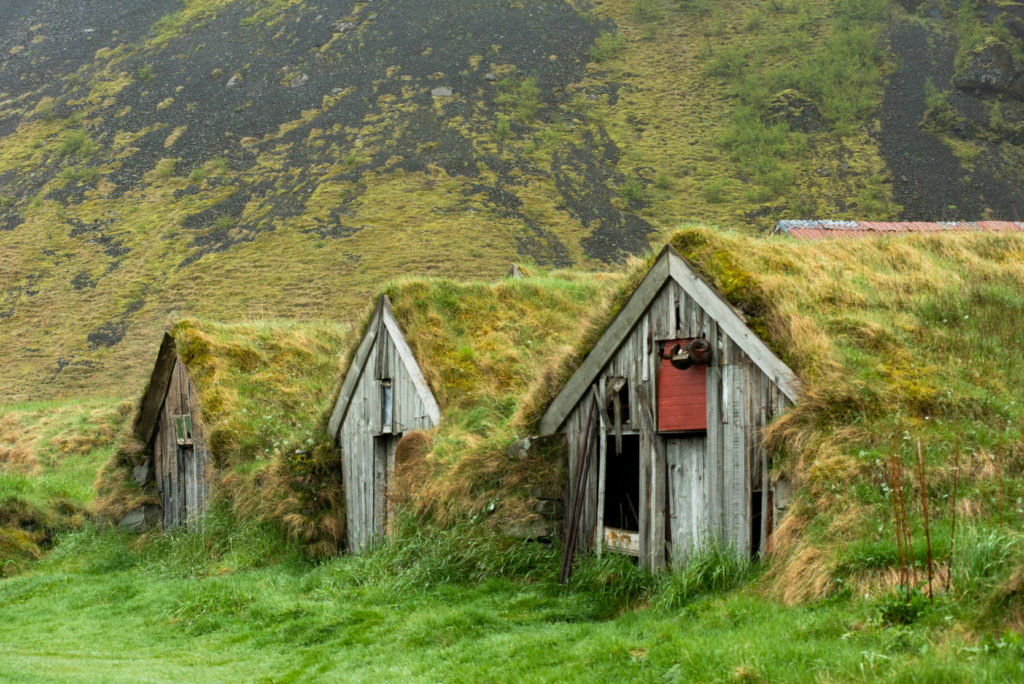
Green Roofing Materials
A green roof is covered with plants. Green roofs reduce water runoff while insulating homes to reduce the urban heat island effect. The urban heat island effect is defined as a metropolitan area that is significantly warmer than surrounding rural areas due to human activities. Its mostly noticed when winds are minimal and larger at night than during the day.
They may need extra structural support due to the weight of the materials. They have functional layers, including a vapor barrier, thermal insulation, waterproofing, drainage, water filtration, soil, compost, and plants. They can last up to 40 years.

Solar Tile Roofing Materials
Your structure’s roof is a surface ready for solar tiles to help offset energy costs. Solar tiles absorb solar energy in areas with adequate sunlight. Unfortunately, solar tiles are not aesthetically pleasing, and they can be fragile. Some newer solar tiles are eye-catching. These tiles take a long time to install and are expensive.
Choosing the Correct Roofing Style and Materials For Your Entire Structure
Investing in the correct roofing style and materials is just that an investment. Whether you are building new construction, a commercial building or office, or a residential home, there are five things to consider when considering what type of roof you will ultimately end up with.
How long will it last?
Will, what you chose hold up during a natural disaster like a wildfire, hurricane, or winter storm with excessive snow?
What is your structure’s roof framing, and is the roof you are considering too heavy?
Does the roof have enough slope?
Will the look complement the style of the house?

Roofing Remains LLC
Trusting a qualified roofing contractor is essential when determining the suitable roofing material for the style of your roof, whether you are building a new roof, repairing an existing roof, or getting ideas about different types of roofs that you can choose from.
Investing in a home or business is just that an investment. Protect your investment by making sure you hire a roofing expert. A leaky roof can destroy everything you worked towards the building, so you want the job done right.
Are you getting ready to replace your roof? This may seem like a daunting job, but it doesn’t have to be. A roofing expert from Roofing Remains will walk along beside you to guide you through each step of the process.
The design of your new roof and making decisions about the roofing materials you want to use will make the difference in the cost and longevity of your roof. Knowing what roofing materials work best in your climate is essential.
From asphalt shingles to wood roofing, cedar shingles, and other roofing materials, the experts at Roofing Remains know and understand the best products available for your structure.
Roofing remains a team of highly qualified roofing professionals who take pride in the work they do and take care of the people they serve. With over 15 years of experience, they help with roofing restoration, helping people decide if an architectural roof, commercial flat roof, metal roof, or tile roofing system makes the best sense for their customer’s structure.
To find out more information or to schedule a consultation, visit: https://roofingremains.com/
